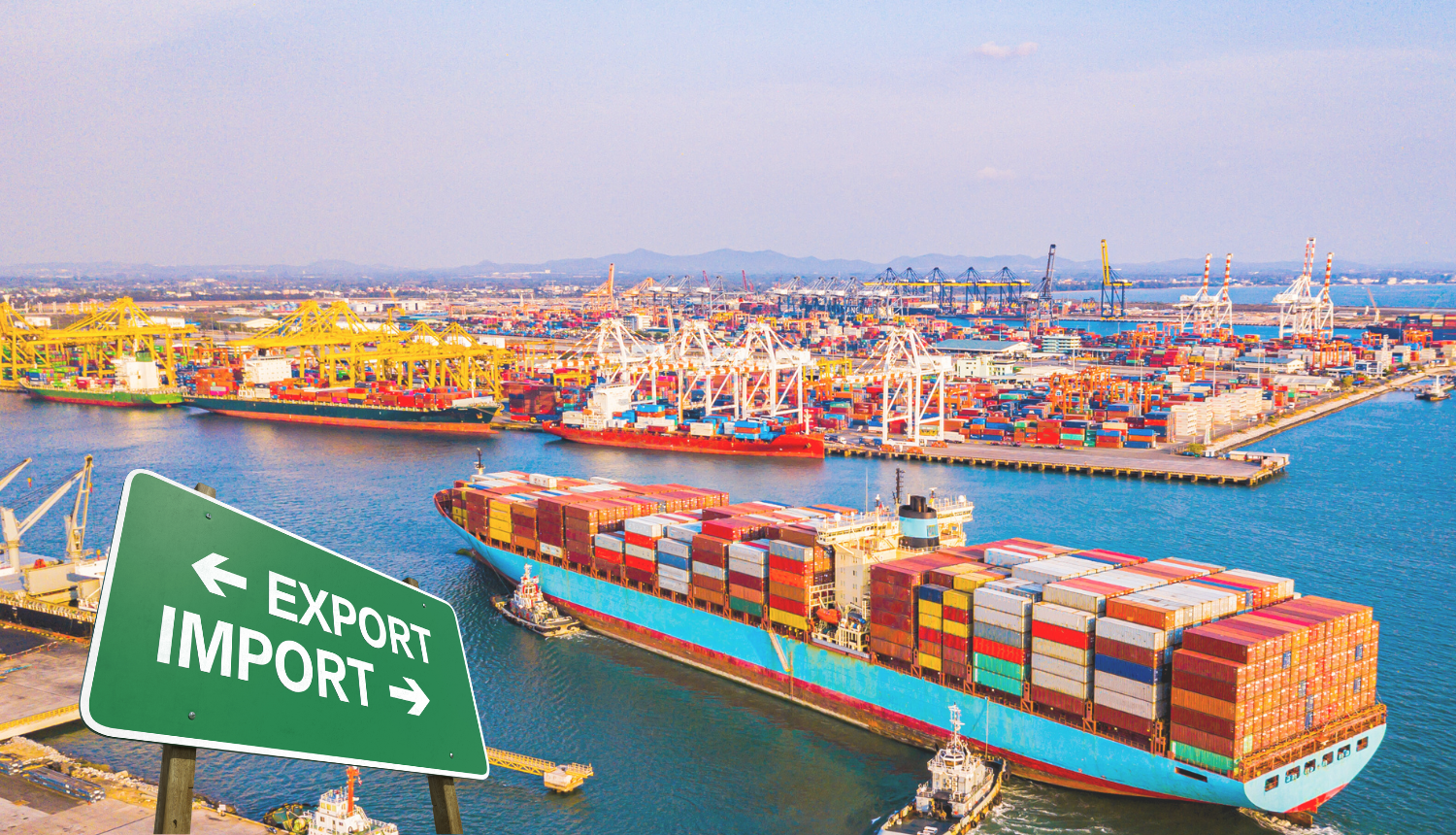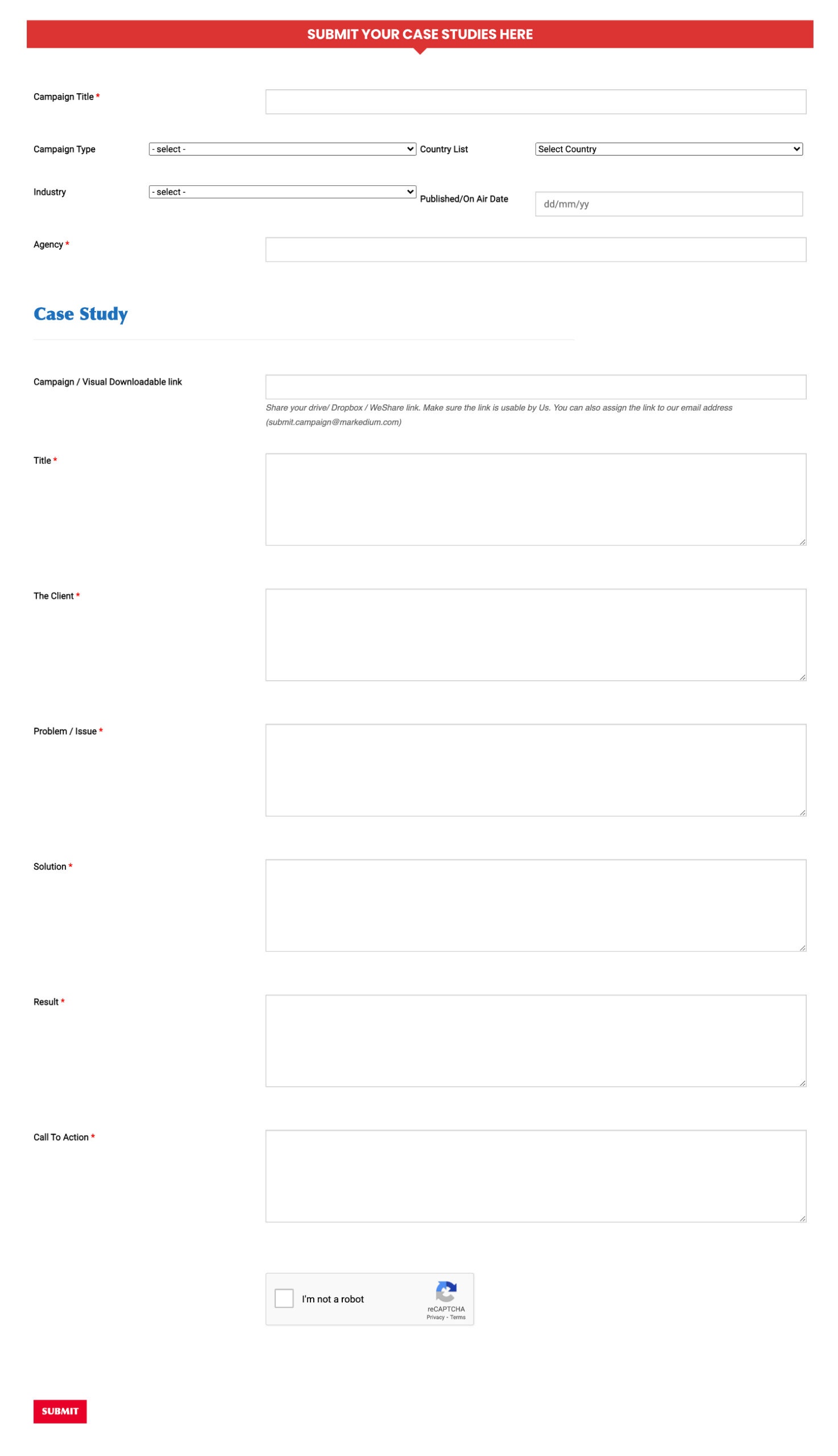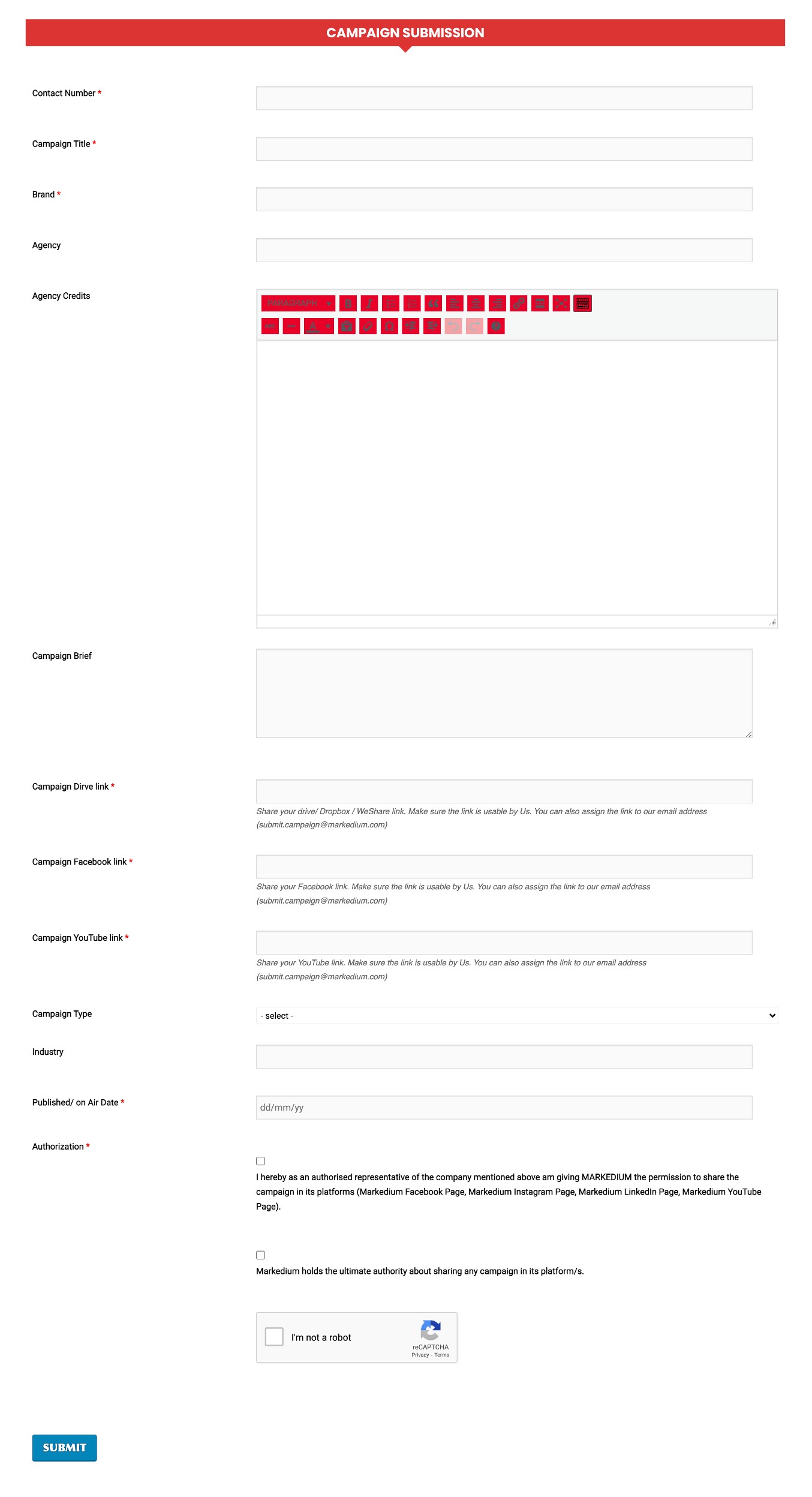
Imports Recover Amid Growing Exports And Remittance Inflows in Bangladesh2 min read
Imports in Bangladesh grew by 3.53 percent year-on-year, reaching $32 billion in the first half of fiscal year (FY) 2024-25. This growth marks a recovery from the 20 percent decline observed during the same period in the previous year reportedly.
The positive shift was largely driven by a 30 percent year-on-year surge in imports in December 2024. The country had experienced a sharp decline in imports in FY23 due to a foreign exchange crisis triggered by rising global prices following the Russia-Ukraine war in February 2022. The situation persisted into FY24, further weakening the local currency as forex reserves continued to deplete and US dollars became scarce.
To address the crisis, the Bangladesh Bank imposed restrictions on the import of non-essential items. Commercial banks also became cautious about opening letters of credit (LCs) for imports. Despite these measures, imports turned positive in August 2024, maintaining growth through October before dipping in November. However, imports surged again in December.
Data from the central bank indicates that both the opening and settlement of LCs for importing industrial raw materials increased during the first six months of FY25. This upward trend persisted into January.
Bangladesh also recorded a nearly 12 percent year-on-year increase in exports during the July-January period of FY25. According to Ashraf Ahmed, former president of the Dhaka Chamber of Commerce and Industry and CEO of Riverstone Capital Ltd, the rise in LC openings primarily reflects increased imports of food grains and consumables in preparation for Ramadan in March.
However, Ahmed warned of a 33 percent decline in the opening of LCs for capital machinery during the July-January period, suggesting a potential slowdown in industrial investments. He emphasized that the sluggish investment environment remains a challenge for economic growth.
Md Deen Islam, associate professor of Economics at the University of Dhaka, described the import growth as a turnaround from the previous fiscal year’s challenges, which included import restrictions, foreign exchange constraints, political unrest, and natural disasters.
He noted that higher imports indicate increased business confidence and investment, which could boost GDP growth by driving production, employment, and trade activities. Additionally, the rise in imports supports higher customs duty collection, contributing to the government’s fiscal position.
Islam stressed the importance of strong reserve management and financial sector stability to ensure sustainable external balance. The concurrent growth in imports and exports signals a positive trend for economic stabilization and industrial recovery, provided these factors are effectively managed.
For more updates, be with Markedium.


